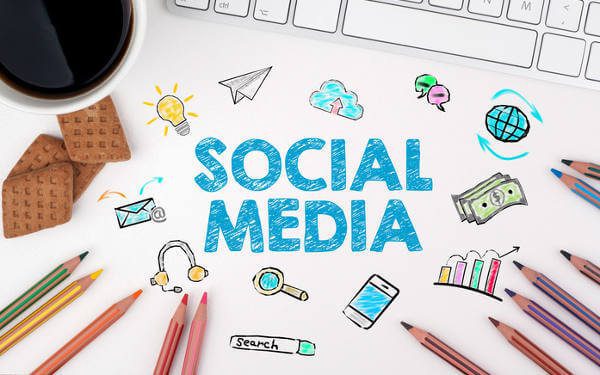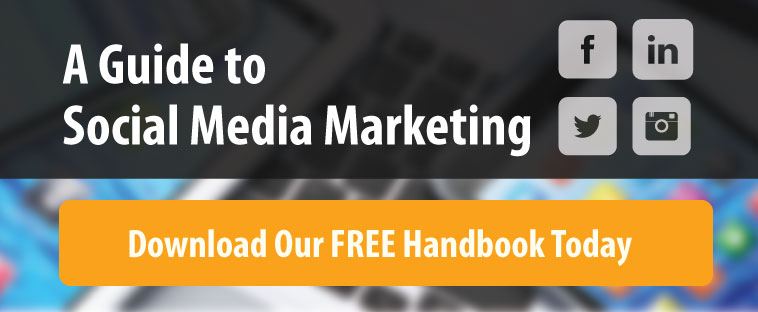The Fat Guy Media team has been engaging in social media marketing for quite a few years. We’ve had some great successes and stinging failures—all of which taught us valuable lessons. Perhaps the most important was how to create a social media content calendar.
The Importance of a Social Media Content Calendar
The reason it’s so important to have a social media content calendar is because it keeps your team organized. You’ll be prepared for upcoming holidays and special events, know which posts have to go out on what day and more. It will save you from nightmarish last-minute scramble sessions that produce subpar work.
How to Create your Own Calendar
Fill in Holidays and Important Events
We find it easiest to start with a blank calendar template (you can use a basic one from Microsoft Excel), and make note of any special dates or events that content can be created around. Make sure you include:
- Holidays (both national and silly, when applicable)
- Product/service launches
- Annual events and conferences
- Upcoming marketing campaigns
This will make it easier to create deliverables like graphics, videos and messaging in advance.

Audit Content
Look through your existing blog and video content. Is there anything you can repost on social media? What can you repurpose into a different content format for social media?
Also, determine what new content you’ll be developing. Is there a new video your team is working on? How many new blog posts will be published, and when? Aligning your social strategy with other content makes for easy organization.
Finally, research a few sources to share valuable content from. It’s encouraged that you curate content from sources other than your own company for a few reasons:
- Save time on content creation. All you have to do is share a link, photo or video and credit your source.
- Build relationships. The source from which you share content might take notice and thank you for it. This could be the start of a beautiful relationship that results in future collaboration!
- Help your audience. Sharing content that’s truly valuable to your audience, even if it’s not from your brand, shows how much you care about their interests and results in better brand perception.
Determine a Cadence
Some brands might notice their social media posts get more engagement on certain days and times, or when they post a certain number of times per day. For others, newsfeed algorithms have made this largely irrelevant.
You can use built-in analysis tools Facebook Audience Insights, Instagram Insights and Twitter Analytics to get data on when your audience is most active in order to see if it affects your engagement or not.

Fill in the Blanks
Now, it’s time to fill in the empty days on your calendar based on the content and cadence you’ve decided upon. You may choose to add messaging for each post, or wait until the date approaches. The way you fill in the blanks is up to you!
Prepare to Adapt
Some of the best social media content is based off of pop culture or industry events that happen without warning. You can’t predict when a music artist will release a song with lyrics perfect for a pun involving your brand. You won’t know when a meme you can capitalize on will go viral. Account for this.
In other words, your social media content calendar must be fluid. Random events may force you to move things around. That’s okay. For this reason, we think of our calendar as a strong guiding strategy, rather than something set in stone.
As you create your social media content calendars, try adapting the steps we shared in this blog to develop a process of your own!


